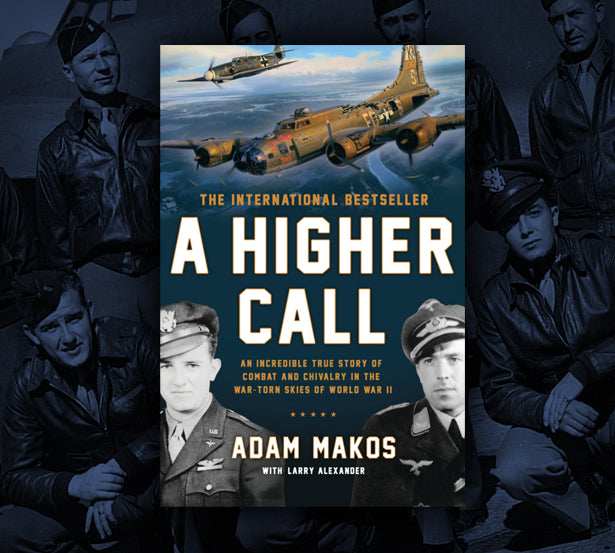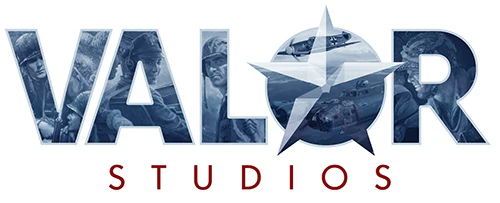Me 262 pilot Jorg Czypionka's Spitfire story can be found below. The bonus videos featuring Franz & Charlie, mentioned in A Higher Call, can be viewed here: www.AdamMakos.com/a-higher-call-book.html
JORG CZYPIONKA'S ENCOUNTER WITH A SPITFIRE - APRIL 1945
"I had been an instructor for a long time and joined the fighter forces in August 1944 as a night fighter, flying the Bf 109 in NJG-11. We were to attack the Mosquito bombers that came in almost every night near Berlin.
Our 109s were not fast enough to be successful against the Mosquito so we looked for something else and the solution was found in the Me 262 jet fighter. I joined a Me 262 night fighter unit at the end of March 1945.
On the 10th of April, our unit was almost destroyed in an attack by B-17s which had targeted airfields where 262s were stationed. We managed to save six or seven of our aircraft and had to disperse to some other fields. We chose the autobahn as a temporary airfield.
Towards the end of April, the British were conducting daily strafing missions. One day, we had some strafing aircraft in our area and took off to try and get them. We launched from both sides of the autobahn in pairs. I had a wingman who was an experienced 262 pilot so we looked for an hour and didn't find any targets until the end of our patrol.
We sighted at 6,000 feet a group of British Typhoons heading towards the west, presumably home. We attacked these aircraft without any success and took off at high speed to outrace them.
Because we were low on fuel, my leader mentioned the location of a nearby friendly airfield over the radio that we should try for. He used the code word for the field but the Typhoons must have heard the call.
When we arrived over the field, it was about a five minute flight, six Spitfires were there flying around the field. The Typhoons must have radioed them and told them to be waiting for us. Our flak was shooting at them the best it could.
What could we do? I told my leader I have an idea. We should try to get the aircraft spread out in opposite directions, to confuse them, and at least we would have a chance at landing. We split in turns and they gave chase.
I made my turn with the under carriage down, to slow for landing, and immediately became the target of one of the Spitfires. He hit me lightly, I felt the vibration in the aircraft, but it wasn't critical so I was able to keep flying. I retracted the under carriage because I didn't know if it was damaged and would rather risk a belly landing.
As I was coming in on the final approach at a low speed, one of the Spitfires overshot me. There was a moment when we were flying side by side and he was desperately trying to get rid of his speed. We looked at each other and locked eyes. He waved at me and I waved at him. He peeled off and left me to my wheels up landing.
I put the aircraft down on the engine nacelles, in the grass on the field. The landing was easy to do and the aircraft slid like a sled, the engines eating dirt, but the plane made it in good condition.
The wonderful thing is that that one pilot, he could have gone around and came back to shoot at me again, but he didn't. The British were like that, in comparison to the Americans who could be much rougher. All the Spitfires left and we survived."









